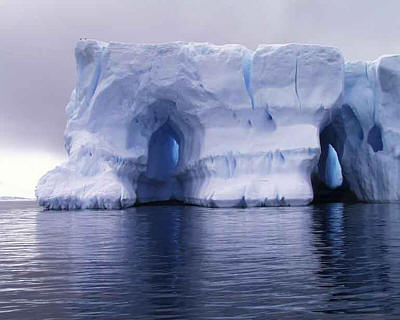Ice sheets are defined as any mass of land ice with a surface area in excess of 50 000 square kilometres, larger than the country of Costa Rica. There are only two ice sheets currently existing, those being the Antarctic and Greenland Ice Sheets.
During the last glacial or ice age, several other ice sheets covered many of major continents. The period of time when these ice sheets were at their largest is also referred to as the Last Glacial Maximum (LGM). Canada and North America were under the Laurentide, Weichselian occupied most of Northen Europe and the southern end of the South American Continent was overlaid with the Patagonian ice sheet. They have since receded and disappeared, as the last glacial age peaked approximately 20 000 years ago.
That ice sheets once covered such an extensive range is known because of the characteristic deformation of the land beneath them – jagged and rugged gouges.
The two ice sheets are immense in size and quantity. If the Greenland ice sheet were to completely melt, the sea level would rise around six metres. If the Antarctic did the same, a rise of sixty metres is estimated. Antarctica alone holds approximately ninety percent of the world’s ice and eighty percent of its total fresh water.
These landforms occur when snow falls in areas cold enough that it does not entirely melt over summer. This snow solidifies further into sheets of ice and accumulates over thousands of years, the weight of fresh layers compressing older and causing them to become even more dense and thick. Their weight is such that if the Antarctic ice sheet melted, the rock beneath would rise over a kilometre and archipelagos would surface around it.
Ice sheets are subject to the irresistible pull of gravity, the cause of all erosion. Flowing down over land out to sea, they give rise to a number of other features such as ice shelves and glaciers which erode the environment that they themselves occur in.
When snow melts faster then the rate of replenishing, ice sheets will recede and melt. It is believed that the Greenland ice sheet is undergoing recession, while the Antarctic ice sheet is relatively stable. This recession has been used as proof of climate change and global warming, issues at the forefront of problems confronting humanity today.


















